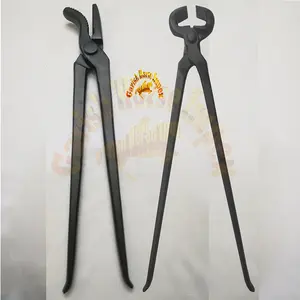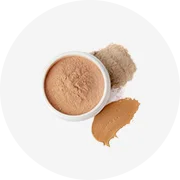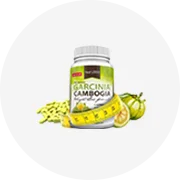

Dariy Thiết Bị Nông Nghiệp Tự Động Khỏi Bị Trầy Xước Bò Sẽ Quay Bàn Chải Với Động Cơ Cho Gia Súc Massage


Chất Lượng Tốt Nhất Điện Trang Trại Sữa Bò Cơ Thể Gãi Bò Massage Bàn Chải Cảm Ứng Tự Động Chăn Nuôi Làm Sạch Bàn Chải Bò














Chứa các vi sinh vật sống, kéo móng guốc là các chất bổ sung giúp cân bằng vi khuẩn trong hệ tiêu hóa. Điều này sẽ giúp thúc đẩy đường ruột khỏe mạnh. Những kéo móng guốc này có liên quan đến nhiều lợi ích sức khỏe khác nhau. Có thể mua sắm trực tuyến ngay hôm nay trên Alibaba.com, bạn có thể cải thiện chức năng miễn dịch và giảm cân bằng cách sử dụng những mặt hàng này.
Bởi vì kéo móng guốc có chứa vi sinh vật sống , khi chúng được bổ sung đủ lượng, chúng sẽ giúp khôi phục lại tất cả sự cân bằng tự nhiên cần thiết trong ruột. Do đó, nhiều lợi ích sức khỏe khác nhau có thể đến từ việc uống các chất bổ sung có sẵn trên Alibaba.com. Các nhà nghiên cứu đã chỉ ra rằng dùng các sản phẩm như vậy có thể cải thiện các triệu chứng của các vấn đề sức khỏe tâm thần như mất trí nhớ, lo lắng, căng thẳng và trầm cảm.
Một số loại bệnh kéo móng guốc cũng có thể bảo vệ tim. Điều này là do chúng có thể làm giảm mức cholesterol xấu trong cơ thể, do đó sẽ giúp giảm huyết áp. Dị ứng như chàm cũng có thể được điều trị bằng cách sử dụng các sản phẩm như vậy vì chúng làm giảm nguy cơ phát ban. Tất nhiên, lý do chính để dùng những sản phẩm này là để giúp tiêu hóa và các triệu chứng rối loạn đường ruột như IBS, viêm loét đại tràng và viêm ruột hoại tử đều có thể giảm bớt.
Tìm ưu đãi kéo móng guốc thấp và mua số lượng lớn để tiết kiệm thêm bằng cách mua sắm trên Alibaba.com. Các sản phẩm này đến từ nhiều nhà sản xuất tạo ra các mặt hàng chất lượng cao. Tận hưởng hệ tiêu hóa khỏe mạnh hơn và mua sắm trực tuyến ngay hôm nay.